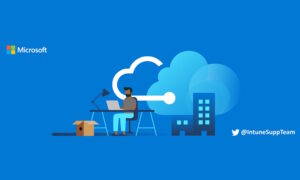
Five compelling reasons to migrate to Atlassian Cloud
Last October, Atlassian’s CEO Scott Farquhar announced that Atlassian Server was reaching end-of-life (EOL) and customers have two options: either migrate to Atlassian’s own public cloud solution or move to Atlassian Data Center.
To ensure customers have plenty of time to consider these options, Atlassian is taking a phased approach. Since February 2021, organizations are no longer able to buy new Server licenses. However, they can still upgrade or downgrade their Server products until February 2022, and they can renew and receive maintenance and support for their licenses until February 2024. In practical terms this means that most customers with large data migrations will need to migrate to either Atlassian Cloud or Atlassian Data Center by Summer 2023.

Less cloudy outlook -- demand for on-premises software isn't going away
Despite the rise in cloud-based applications, on-premises software continues to show significant growth and demand from enterprise customers.
A new report from Dimensional Research sponsored by Replicated shows customer demand for on-premises software is equal to that for public cloud, and more than 90 percent of software companies surveyed say their on-premises sales continue to rise.

Digital transformation: How COVID forced change across the business landscape
One of the most prolific business trends to come out of the pandemic has been that of digital transformation. COVID-19 forced change across the business landscape, and the sudden scramble to go digital has completely altered the way companies do business. Whether it be internal changes through productivity tools or security, or external changes in how businesses interact with customers, we can see that some type of digital transformation has taken place in almost every business vertical.
In the pre-COVID era, businesses only called upon their digital transformation capabilities occasionally. In a 2018 Tech Pro Research study, about 70 percent of organizations surveyed confirmed having a digital transformation strategy already in place, or were working on one. However, they also reported challenges in buy-in and funding. Then, almost overnight, digital transformation was quickly adopted as the spread of COVID-19 shut down regular work functions. As companies were pushed into exploring digital solutions, organizations found new ways through this digital transformation to continue business, serve clients and keep their employees safe.

The normalization of data leaks and the privacy paradox [Q&A]
Is society becoming too accepting of data breaches? Do we claim to want more privacy but then continue to treat our own data in a cavalier fashion?
A recently leaked internal memo from Facebook revealed the company's plans to normalize data scraping leaks and change the way the public views these incidents.
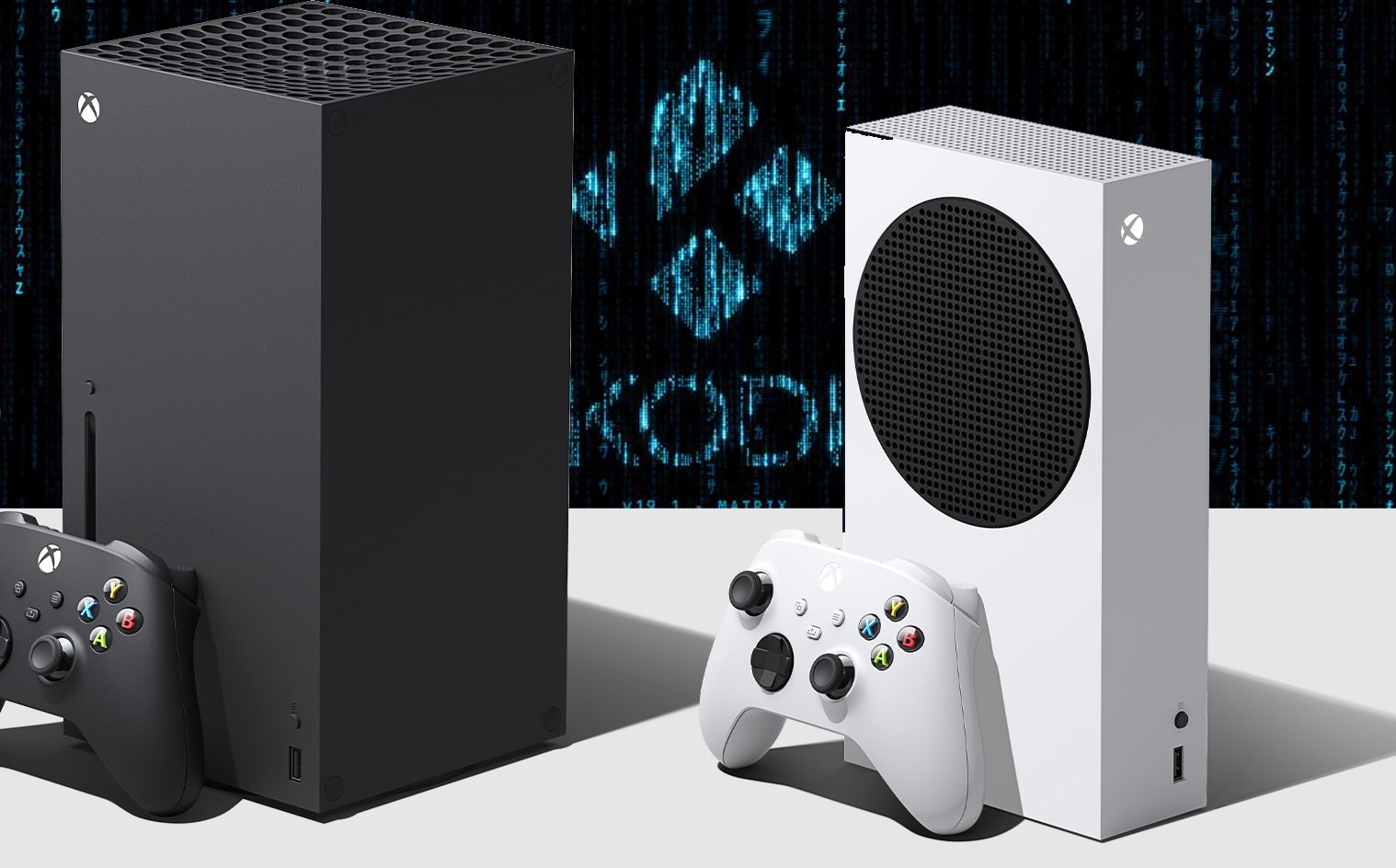
Fantastic news for Xbox users as Kodi 19 'Matrix' finally arrives for Microsoft's console
Kodi started life as XBMC (XBox Media Center) and was designed to run on Microsoft's original Xbox. The software has since then enjoyed a meteoric -- and somewhat controversial -- rise, and is now available for most platforms, including Windows, Mac, Android, and Linux.
In 2010 the team announced that it would no longer be developing for Xbox, but finally relented and reintroduced an Xbox build three years ago. However, although Kodi 19 Matrix was released on most platforms in February, a lack of testing options meant it once again wasn't available for the Xbox. With the release of Kodi 19.1 that finally changes.

Kodi 19.1 'Matrix' is here and you should download it NOW!
It’s been three months since the Kodi Foundation released the stable version of Kodi 19 'Matrix'. The latest iteration of the popular home theater software brought with it a wealth of changes, fixes and new features.
Of course no matter how much testing new builds undergo, there will always be bugs and issues that slip through the net.
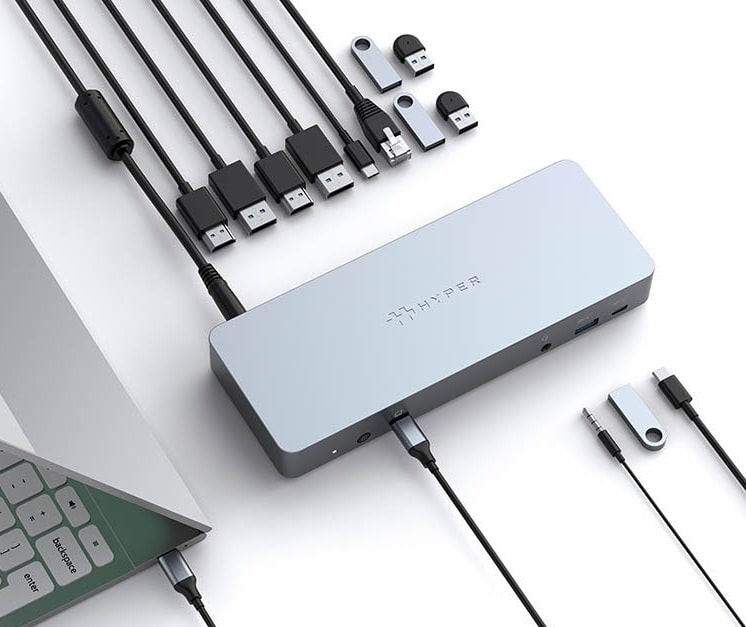
HYPER unveils a trio of Google-certified 'Works With Chromebook' USB-C products
When someone tells me that Chromebooks are only good for surfing the web, I have to do my best not to angrily laugh in their face. That opinion is just so ignorant and outdated. The truth is, Chromebooks run the excellent Chrome OS Linux distribution, which is more than capable for business, education, and personal use. You aren't limited to web apps either -- you can run many desktop Linux and Android apps nowadays. Oh, and Chrome OS is more secure than Windows 10 too.
Most new Chromebooks come with a USB-C port, letting you connect many great accessories, such as docks and dongles, to expand its usefulness. Yeah, you can even turn a Chromebook into a makeshift desktop by connecting a monitor, mouse, and keyboard. And now, HYPER has unveiled a trio of Google-certified "Works With Chromebook" USB-C products.
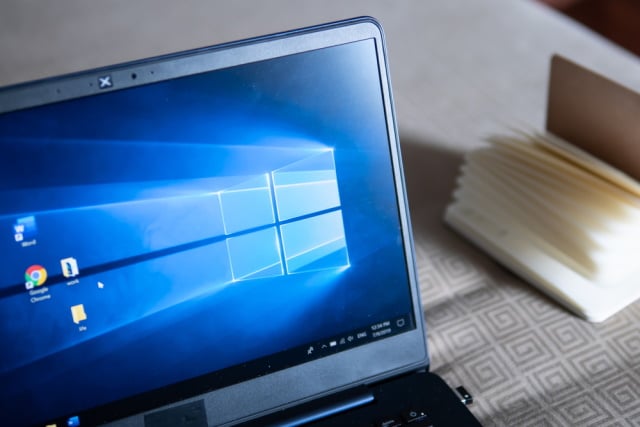
Microsoft removes all Windows 10 upgrade blocks including Conexant audio driver issues
Microsoft has now resolved all known issues that were preventing people from updating Windows 10. The company had put upgrade blocks in place that stopped users with certain hardware from upgrading to Windows 10 version 2004 and 20H2.
The last two safeguards to have been removed relate to Conexant audio drivers and Conexant ISST audio drivers. This change means that the latest version of Windows 10 can now roll out to more people, just ahead of Windows 10 version 1909 reaching end of life later this month.
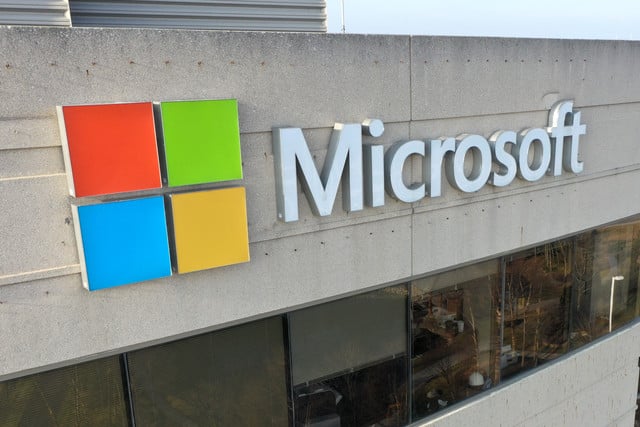
Microsoft withdraws AMD driver that causes INACCESSIBLE_BOOT_DEVICE error in Windows 10
Microsoft has pulled an AMD SCSI driver from Windows Update after it was found to cause boot problems for numerous people.
Reports came from many users who experienced boot problems, BSoDs, INACCESSIBLE_BOOT_DEVICE errors "bricked"systems after installing the troublesome driver. The driver -- Advanced Micro Devices, Inc. - SCSIAdapter - 9.3.0.221 -- has now been withdrawn, but anyone who has already updated will need to manually uninstall it.

System76 begins shipping Linux computers to Mexico, including ones made in the USA
When you live in the USA, you get used to buying things that are made in other countries. It is just very common to see things stamped with "Made in China" or "Made in Mexico." Some Americans take issue with this, actively trying to buy products made in the USA, but this can be quite hard. Even American car companies, like Ford, outsource labor to foreign counties, such as Mexico.
System76 is a company that sells computers preloaded with Linux-based operating systems, including laptops and desktops. While its laptops are not yet manufactured in the USA, its beautiful Thelio desktops are handcrafted here. And now, in an interesting twist, System76 has begun shipping its computers to customers in Mexico.
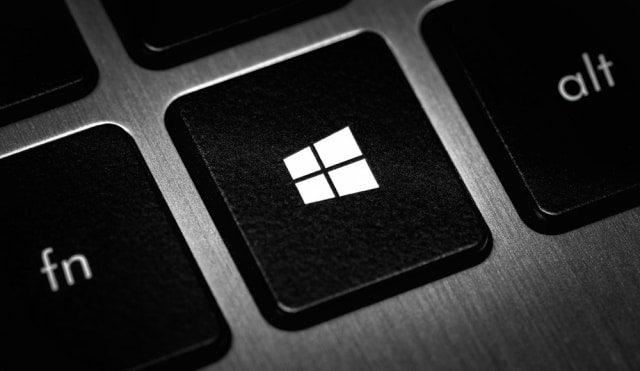
Bye bye, Windows 95! Windows 10 Sun Valley update brings a host of new icons
There is a lot to look forward to in the future of Windows 10, and the not-too-distant Sun Valley update is an excellent case in point.
With the Sun Valley redesign, Microsoft is giving the operating system a much-needed visual overhaul. We already know about changes to the general look, new menu design, and even a new default font, but icons are also getting a big refresh -- including plenty of old favorites that have not changed since the days of Windows 95.

Audio editor Audacity has the audacity to add telemetry collection -- and users are not happy
Whatever the reasons behind it, the inclusion of telemetry collection in software never goes down well -- as Microsoft knows all too well from the reaction to Windows 10 telemetry. Now, open-source audio editor Audacity has taken the decision to add such data capture into the software.
The development team stresses that telemetry exists solely to "identify product issues early", but there has already been quite a backlash. The sharing of data with Google and Yandex has not gone well.
How to block site notification requests in Chrome
There are many things to get annoyed by online, and we're not just talking about the content you find and the people you encounter. It used to be that pop-ups were the scourge of the internet, but these have been replaced by new irritants -- in particular ads, cookie warnings and site notifications.
Pop-ups have all but died a death and ads can -- should you wish -- be avoided with various blockers. There's little that can be done to stop sites warning your about cookies, but when it comes to being pestered by sites asking if you would like to receive notifications, you can take action. Here's how to block notifications and notification requests in Chrome across Windows, macOS and Linux.
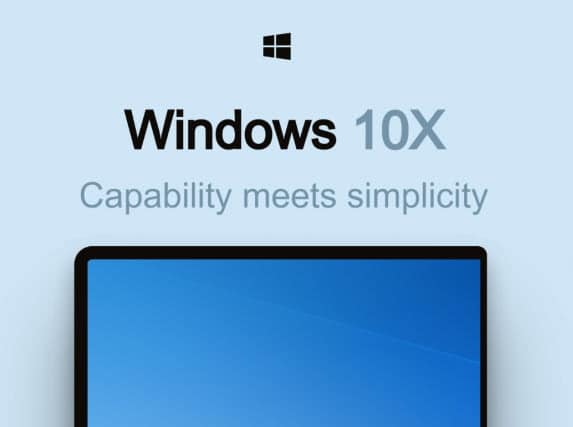
Microsoft may have cancelled Windows 10X
Microsoft has put the development of Windows 10X on hold and will not release the operating system in 2021, according to insiders. But the truth is that the company may have completely given up on producing its much-hyped Chrome OS competitor.
The news is hardly surprising; things have been very slow for Windows 10X for quite some time now, with Microsoft gradually changing its focus and seeking to lower expectations. Now it seems that the company is more interested in channelling its efforts into Windows 10 proper and the upcoming Sun Valley update.

Is digital transformation the answer to the recovery of SMEs?
Small to medium enterprises (SMEs) are essential to the UK economy. The government has noted that they contribute to 99.9 percent of all private sector business in the country with a turnover of £2 trillion.
However, entering the largest recession since records began and even after unprecedented financial help, small firms remain at risk of failure in navigating their business through the pandemic. The current situation has rapidly changed the way that we interact with customers, how consumers buy, and the interests of clients and customers alike.



